Oral Communication and Text Evaluation
Course Purpose: Learners at this level are aware of their audiences and purposes for communication. What you’ll learn Learners at this level are aware of their audiences and purposes for communication. They listen effectively and critically. They are able to …
Overview
Course Purpose:
Learners at this level are aware of their audiences and purposes for communication.
What you’ll learn
Learners at this level are aware of their audiences and purposes for communication. They listen effectively and critically. They are able to identify or adopt the style and language register required in different situations. They can usually identify the assumptions and inferences in what people say/sign. They speak/sign fluently and confidently in both formal and familiar settings and can articulate their purpose and meaning clearly. They can use language to convey detailed information, and to express their ideas and feelings. They control complex sentence structures and language conventions in their spoken/signed communication
 Duration: 1 Day
Duration: 1 Day
Featured Course
Interpret and Use Information from Texts
Course Curriculum
Curriculum
Curriculum
- 4 Sections
- 14 Lessons
- 1 Day
- Unit 1: Respond critically yet sensitively as a listener/audience.ASSESSMENT CRITERIA4
- 1.1Responses show a clearly developed understanding of complex issues under discussion in one-on-one or group situations. Own understanding is clarified and further developed during discussions and opportunity is provided during interactions for the clarification of one another’s understanding.
- 1.2Discussions and/or conflicts are managed sensitively and in a manner that supports the goal of group or one-on-one interaction.
- 1.3Characteristics of a speaker’s/signer’s style and tone/register that attract or alienate an audience are identified with reference to the particular effect of each feature in creating audience response.
- 1.4The underlying assumptions, points of view and subtexts in spoken/signed texts are identified and challenged when appropriate to clarify understanding, remove bias and/or sustain interaction.
- Unit 2: Analyse own responses to spoken/signed texts and adjust as required.ASSESSMENT CRITERIA3
- 1.1Own responses to spoken/signed texts are analysed in relation to audience, purpose and context. Inappropriate responses are identified and adjusted accordingly.
- 1.2When confronted by opposing views, own position is put forward with confidence in a manner appropriate to the interaction.
- 1.3Tone/register, approach or style is appropriate to context, and is adapted to maintain oral/signed interaction when it breaks down or is difficult to initiate or maintain. Pedantic, illogical or aggressive language is identified and modified to sustain interaction.
- Unit 3: Use strategies to be an effective speaker/signer in sustained oral/signed interactions.ASSESSMENT CRITERIA3
- Unit 4: Evaluate spoken/signed discourse.ASSESSMENT CRITERIA4
- 1.1Points of view in spoken/signed texts are identified and meaning described in relation to context and purpose of the interaction.
- 1.2Values, attitudes and assumptions in discourse are identified and their influence on the interaction described.
- 1.3Techniques used by speakers/signers to evade or dissipate responsibility for an issue are identified and interpretations of the text reflect this insight.
- 1.4The impact (eg clarity of purpose, speaker’s/signer’s capability) is described, explained and judged.
Requirements
- Grade 11
- NQF Level 3







